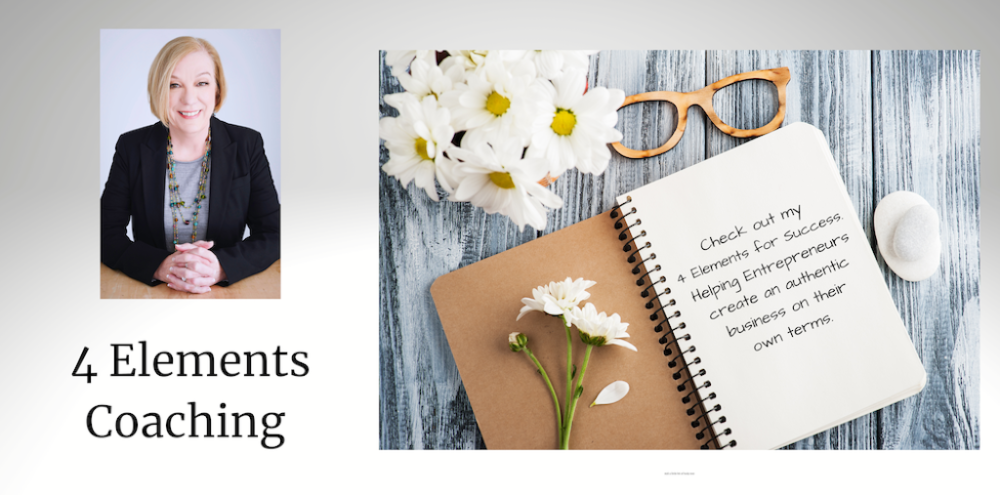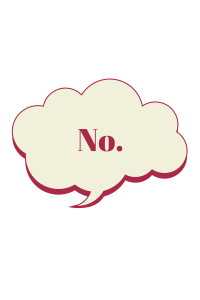4 Elements of Success for Self Care
If you are familiar with my work at all, you know that I have created what I believe are 4 Elements for Success in almost every area of life. While this generally applies to work, family or specific goals people have set, it can absolutely apply to self care as well.
So my first question is – do you have a goal for your self care practice? Many people tell me that they want self care to be a daily activity for them, rather than being the first thing that gets tossed off their plate.
Perhaps you want to improve your health, your energy or create more time for exercise?
Some of you may be looking at ways in which you can practice daily self care while caregiving for an older parent, children or family members.
Maybe you want more balance in your life – to feel as though you’re connecting more to things you love to do when you’ve felt as though you’re working a great deal of the time.
Whatever the issue is, you can apply the 4 Elements to your Self Care Plan. Here they are, as applied to self care:
- Create a Vision – Begin by creating an idea of what your ideal self care plan would look like. What would you be doing regularly that you are not doing now? What do you look like or feel like after you have put this plan into practice for 3 months, 6 months and beyond? What will you have that you don’t have now? Spend a few moments journaling about this so that you have a clear idea of what your regular self care practice will bring to you. Fill in the blank – “This is important to me because ______________________________.”
- Belief – Develop a mindset that you can do this, rather than saying, “This never works…I always ____.” Yes, you may have some setbacks and yes, your self care may get put onto the back burner. But reinforcing the language you use with yourself will begin to create a belief or mindset that you can do it. Commit. Write down Affirmations for yourself. Use statements about your belief that are rooted in the present moment, not in the way you’ve behaved in the past. Be kind to yourself and believe in yourself the way you believe in others.
- Make a Plan – I believe in the value of a carefully thought out plan, written down somewhere you can see it often. It doesn’t have to be complex; it can be as simple as writing down your 10 daily habits and posting them somewhere you can see them. You can add self care basics when you are traveling and can’t do those things you do in your daily routine. You might add strategies for self care when you’re sick or in the middle of big changes that cause added stress. From simple to complex, your written self care plan will help you stay on track.
- Finally, consistent, focused Action on your vision and plan. The more you create routine self care action, the more likely you are to stick with it and feel as though you are coming from a place of centered, wholeness and wellness. That’s the goal, after all – to allow self care to create reserves in your life so that you show up with your best self.
Again, recognize that we all have difficult days and we may not always be where we want to be. But when we have a vision, belief, committed plan and we work that plan, we’re more likely to succeed in all areas of our life, even self care.
Self Care is Work Life Balance, if there is such a thing. Self care makes sure that your day doesn’t feel like a grind and that your reserves are full.
Make some time to incorporate these 4 Elements into your Self Care Plan today.

